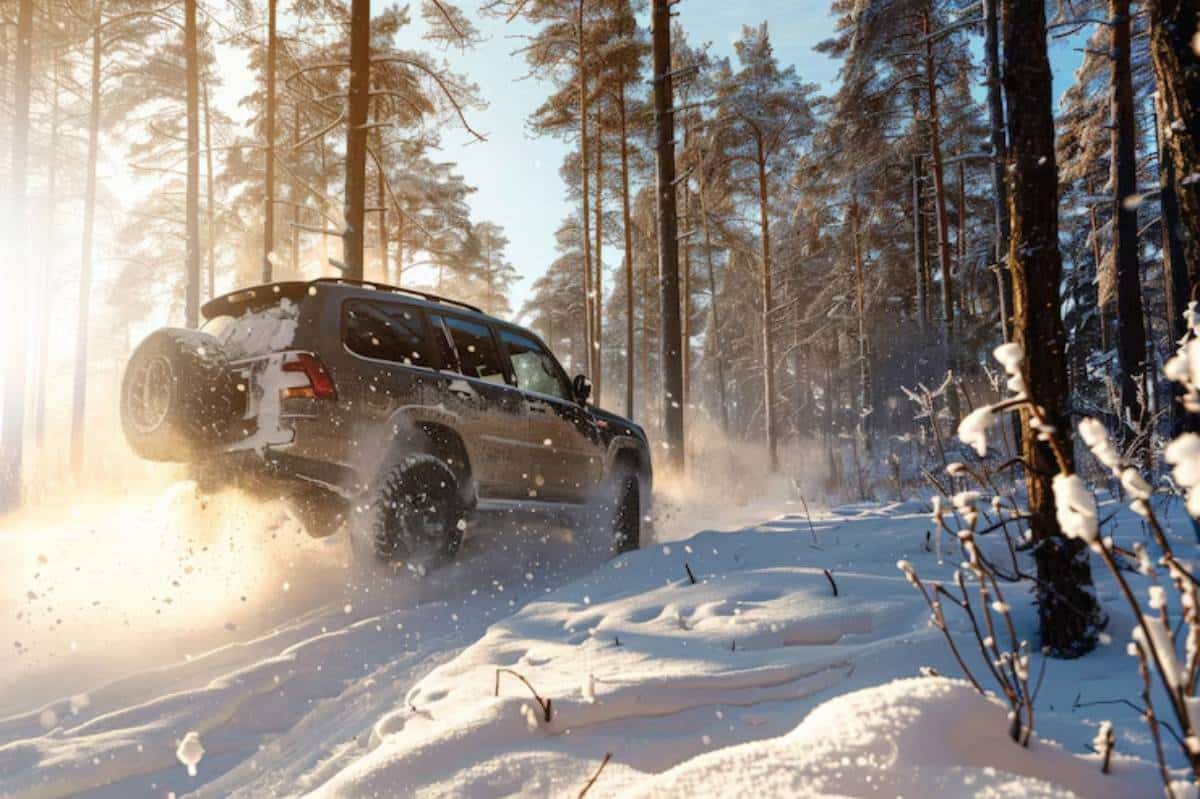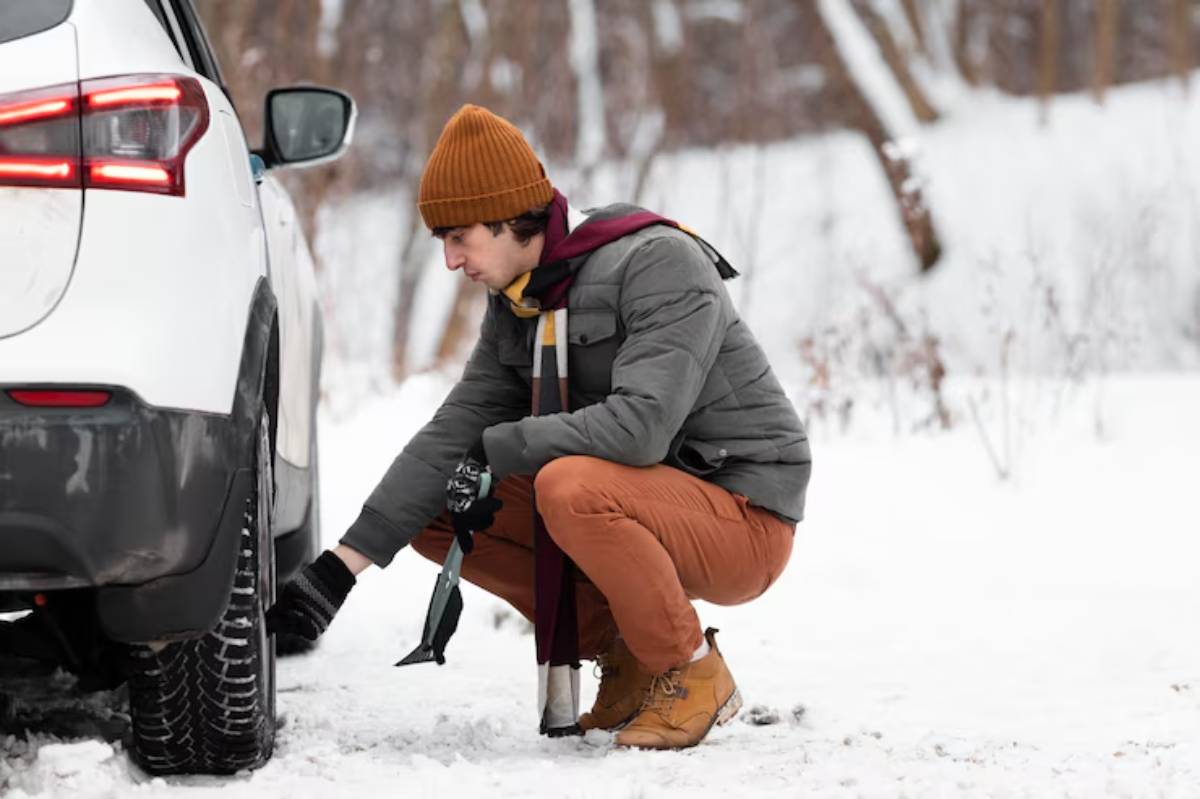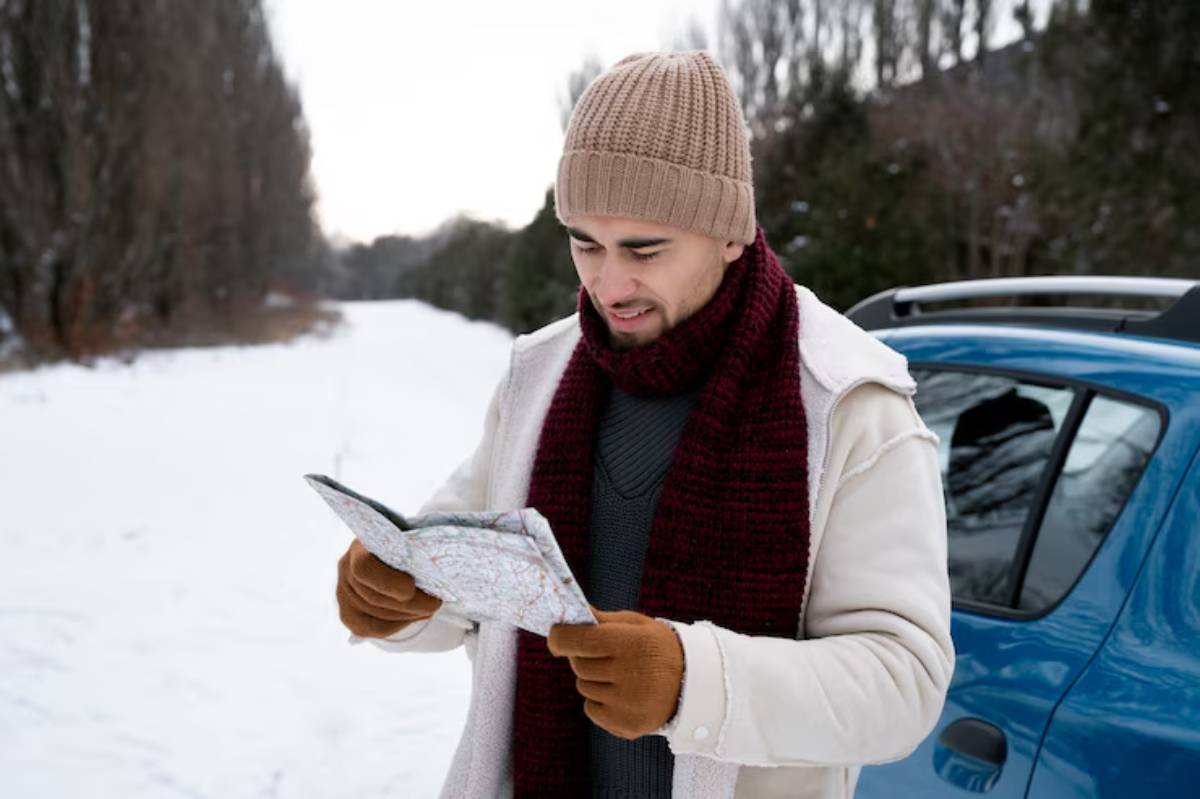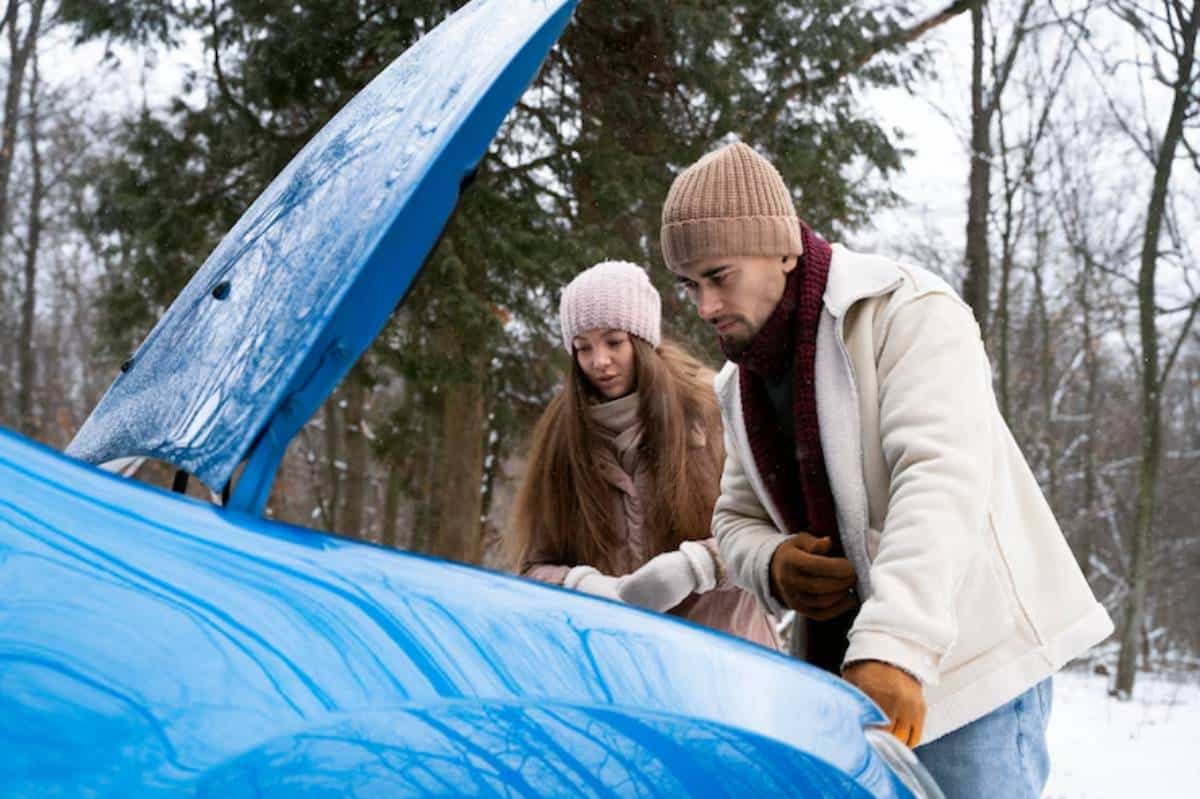
How to Prep for Off-Roading in Snow Conditions
It’s 5°C, the sun is barely up, and your tyres crunch over a frozen track that winds through snow-laced gum trees. This is the kind of adventure most off-roaders dream about—but it can go wrong fast if your rig and mindset aren’t winter-ready.
Driving off-road in snowy conditions is an entirely different beast. It requires unique vehicle preparation, driver strategy, and gear planning. Whether you’re heading into the Victorian High Country or exploring alpine trails in Tassie, winter 4×4 prep is the key to enjoying the trip without becoming a cautionary tale.
This guide offers a complete breakdown of cold weather off-road tactics and snow-trail driving tips to help you drive smarter, stay safer, and make the most of snowy terrain.
Understanding the Core: Snow Driving Isn’t Just Icy Dirt
Off-roading in snow blends elements of sand, mud, and rock crawling—but throws in extra risks like freezing temps, hidden ruts, and traction loss on ice.
Snow changes your vehicle’s behaviour. Even seasoned 4×4 enthusiasts are surprised by how sluggish throttle response, slow braking, and visibility challenges test their comfort zone.
Unique Hazards:
- Black ice or frozen ruts under powder
- Avalanche-prone slopes or snow drift traps
- Increased risk of hypothermia or frostbite
- Frozen components (hoses, locks, winches)
According to Parks Victoria, snow recoveries spike during the first snowfall of the season, often due to poor prep.
Let’s fix that.

Quick Guide: Snow Driving Readiness Checklist
- Install winter-rated all-terrain or mud-terrain tyres
- Lower tyre pressure for better snow grip
- Pack a full winter recovery kit
- Add engine antifreeze and battery insulation
- Fit weather-resistant lighting and comms gear
- Dress in thermal layers, waterproof outerwear
- Keep fuel and water supplies from freezing
Step-by-Step Guide: Winter 4×4 Prep Done Right
1. Fit Tyres Designed for Snow
Winter conditions demand proper tread. A/T or M/T tyres rated for snow (marked with the 3PMSF symbol) offer improved flexibility and grip.
- Consider chains for extreme snow or legal compliance
- Drop PSI by 5–10 points for a longer, flatter footprint
Warning: Don’t drop too low without beadlocks or you risk a de-bead.
2. Winterise Your Fluids and Battery
- Top off engine coolant with antifreeze mix (check with hydrometer)
- Switch to winter-grade washer fluid
- Add battery blankets or insulators to maintain cranking amps
Avoid overfilling washer tanks—fluid can freeze and expand.
3. Inspect Seals, Hoses, and Wipers
- Replace cracked hoses prone to freezing
- Lube door seals and hinges with silicone spray
- Upgrade to winter-rated wiper blades
4. Equip Winter Recovery Essentials
Cold temps make recovery gear brittle and winch ropes stiffer.
- Shovel + traction boards (stored warm if possible)
- Soft shackles + snatch straps (synthetic preferred)
- Winch line dampener
- Extra gloves and an insulated mat to kneel on
Learn how to protect your winch system with our install winch guide to ensure it’s snow-ready.
5. Test Your Heater, Demister, and Cabin Seals
Cold nights and fogged windscreens are more than an annoyance—they’re a safety risk.
- Ensure blower fans, vent direction, and footwell seals function properly
- Run the AC with heat to reduce internal moisture
Pro Tips, Important Notes & Warnings
Pro Tip: Start your engine 5–10 minutes early to warm transmission and diffs before driving.
Important: Pack a survival kit blankets, hand warmers, fire starters, high-calorie snacks.
Warning: Avoid creek crossings if ice is present. Water can freeze onto chassis components and cause failures.
Secret Tip: Use lithium jump starters. They hold the charge longer in cold temperatures than lead-acid jump packs.
Important: Keep your phone or GPS warm. Cold drains lithium batteries fast.
Driving Techniques for Snow Trails
Drive Smoothly and Deliberately
Avoid sudden changes in throttle, brake, or steering. Keep both hands on the wheel and feather the throttle when climbing or descending.
Key Tips:
- Stay in the low-range for better control
- Use higher gears to reduce torque spin
- Avoid over-correcting during slides
Control Descents with Engine Braking
- Select 1st or 2nd low
- Let engine braking do the work
- Tap brakes gently if needed—never stab them
Pro Tip: Practice on gentle inclines before attempting steeper trails.
Know When to Turn Back
White-out conditions, buried trail markers, or deep powder over ice are signs to reverse. No summit or photo is worth your life.
Best Practices & Additional Insights
Protect Your Vehicle Post-Trip
Salt, grit, and water from snow trails can lead to corrosion fast.
- Rinse the underbody thoroughly
- Clean brake components
- Apply lanolin spray or rust inhibitor

Plan Your Route with Winter Layers
Use topographic maps overlaid with snow coverage apps or satellite tools. Don’t rely on summer trail timings—double your time estimate in snow.
If you’re combining this with cold-weather overnight stays, our insulation and sleeping setup guide can help you camp warmer and safer.
Travel with a Convoy if Possible
One vehicle recovery in snow is hard. Two is smarter.
- Share radios
- Pack duplicate recovery gear
- Plan turnarounds and exit options
FAQs
Should I use chains when off-roading in snow?
Chains provide major grip gains but can be legally required on alpine roads. Carry them even if you don’t plan to use them.
Can I air down tyres in snow like in sand?
Yes, but be cautious. Snow can conceal sharp rocks. Use 18–20 PSI unless you’re on deep powder trails.
Is diesel better than petrol for snow driving?
Diesel engines provide better torque and engine braking. However, they need more care in freezing temps (e.g., anti-gel additives).
How do I keep water from freezing in the rig?
Store bottles in insulated boxes or soft coolers. Use thermal flasks or mount jerry cans inside the cabin.
What recovery gear is essential for snow?
Shovel, recovery boards, snatch strap, winch, rated shackles, gloves, and a dry change of clothes.
Embrace Snow Trails With Confidence
There’s nothing quite like carving through quiet snow tracks while the world hibernates. With smart winter 4×4 prep, a complete understanding of cold weather off-road dynamics, and tactical snow trail driving tips, you won’t just survive winter off-roading—you’ll thrive in it.
Be prepared. Drive with intent. Respect the cold. And always pack more gloves than you think you’ll need.
Now, go enjoy the frost in your tyres and the silence in the snow.


